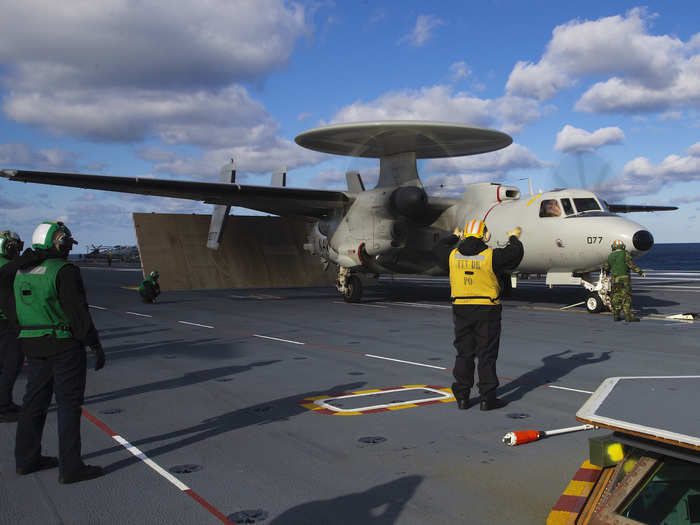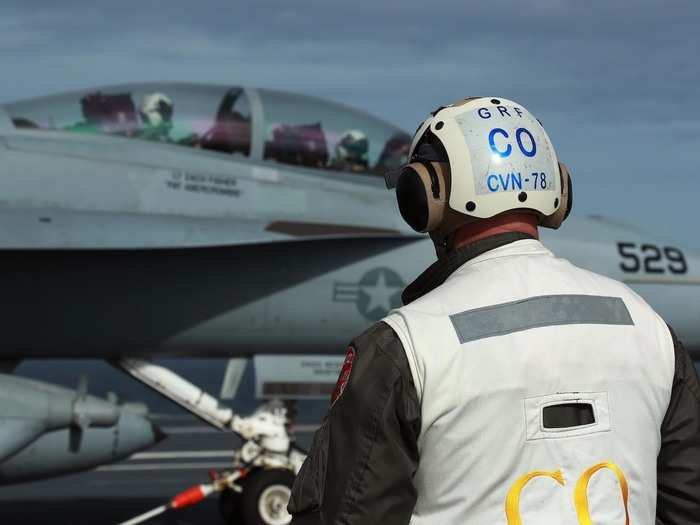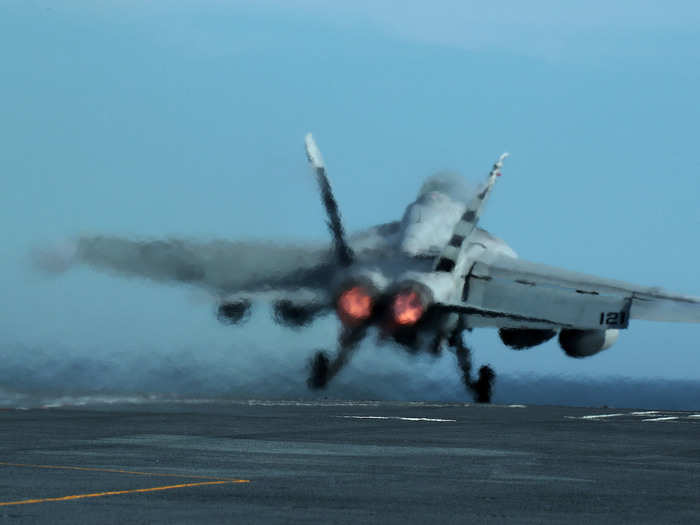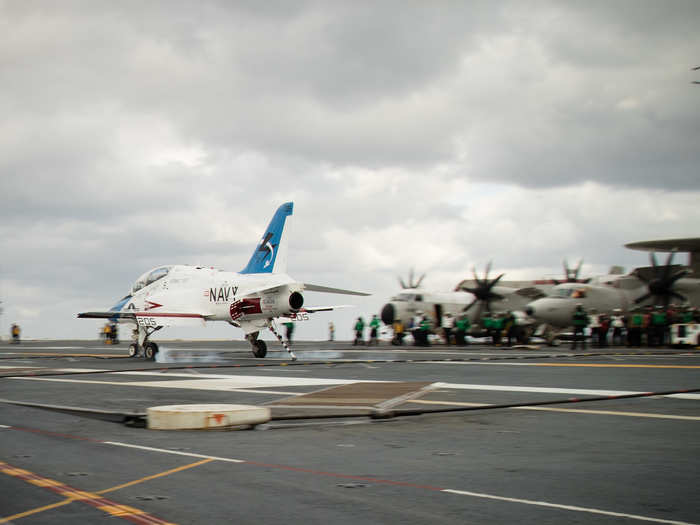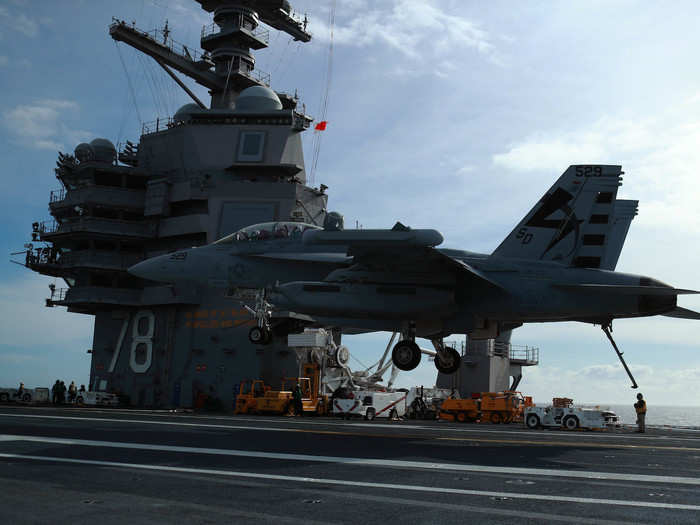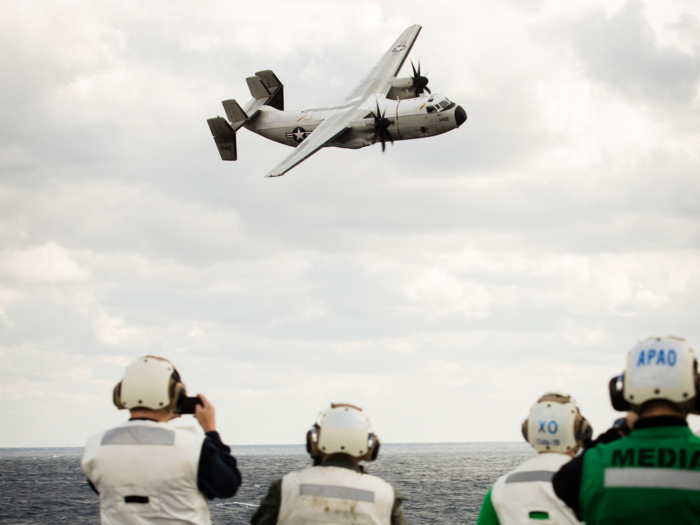Cummings reflected on the historical aspect of ACT for the entire Ford class of aircraft carriers.
"We are pioneers in this new class to figure it out, and we will. We will do this for the Ford-class and then that's it, done," said Cummings. "Our crew is extremely proud to be a part of this historic event; to do this testing and get it to the fleet, and then get ready to accept all fleet aircraft."
Since getting underway on January 16, Ford has already seen over 70 successful launches and arrestments using the new EMALS and AAG technologies, and will continue to increase the sortie frequency in the second half of testing.
"To see it all come together and see the ship do what it's designed to do — which is to launch and recover aircraft — it's extreme pride for our crew and for the aviators who've come out here to support that," said Cummings. "So I'm extremely proud of the work by the team to get here, and we'll continue to keep pushing to get a lot of flying in this next year."
This round of testing is allowing the crew to further test the improvements made during its post-shakedown availability (PSA) at Huntington Ingalls Industries-Newport News Shipbuilding while also allowing the crew to gain experience on these unique systems.
The information captured during ACT will continue to inform improvements and modifications for Ford and follow-on Ford-class of aircraft carriers.
"We are clearly seeing improvements and in our knowledge, better reliability," said Akacem. "We're out here doing the things the systems are built to do, and we're learning so much every day."
Gerald R. Ford is a first-in-class aircraft carrier and the first new aircraft carrier designed in more than 40 years.
Ford is currently underway conducting Aircraft Compatibility Testing to further test its Electromagnetic Aircraft Launch Systems (EMALS) and Advanced Arresting Gear (AAG).

